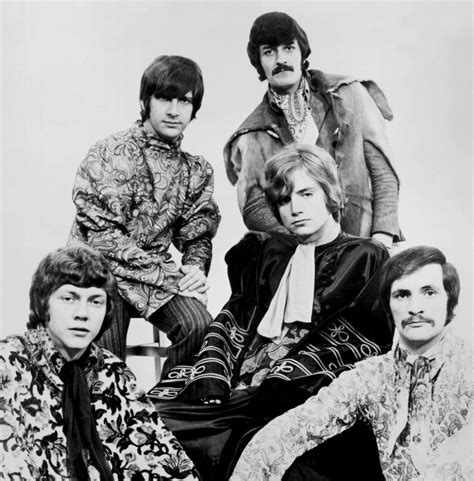Origin and Context
https://www.youtube.com/watch?v=p6xMOTjLIaY
“Nights in White Satin” was penned by Justin Hayward at the age of 19, inspired by a gift of white satin sheets and the emotional aftermath of a breakup. At the time, The Moody Blues were reinventing themselves, moving away from their rhythm-and-blues roots toward a more experimental, symphonic sound. Their collaboration with the London Festival Orchestra and conductor Peter Knight resulted in Days of Future Passed, a concept album that fused rock instrumentation with classical arrangements—a radical idea in 1967.
The album’s structure, mirroring the cycle of a day, was a deliberate artistic choice. ‘Nights in White Satin’ was placed as the closing piece to symbolize nightfall and introspection, creating a thematic journey for the listener.
Musical Innovation
The song’s sonic landscape was revolutionary:
- Orchestral Integration: Strings and woodwinds create a lush, cinematic backdrop.
- Mellotron Magic: This early keyboard instrument added ethereal tones, foreshadowing its role in progressive rock.
- Flute and Harmonies: Ray Thomas’s flute solo and layered vocal harmonies amplify the dreamlike quality.
This fusion of classical and rock elements helped define the emerging genre of progressive rock, influencing countless artists in the decades that followed.
Themes and Lyrics
The lyrics of “Nights in White Satin” explore universal themes:
- Unfulfilled Love: Lines like “Letters I’ve written, never meaning to send” convey hidden emotions and vulnerability.
- Passage of Time: Positioned at the album’s end, the song reflects on life’s cyclical nature.
- Existential Reflection: The spoken-word poem “Late Lament” deepens the sense of melancholy and philosophical inquiry.
Hayward described the song as deeply personal yet universally relatable, which explains its enduring appeal.
Reception and Legacy
Initially, the single struggled, peaking at No. 103 in the U.S. in 1968. However, its 1972 re-release, along with the changing musical landscape, catapulted it to No. 2 on the Billboard Hot 100 and No. 1 on the Cash Box chart. The track earned Gold certification and was inducted into the Grammy Hall of Fame in 1999, solidifying its status as a classic.
“Nights in White Satin” has appeared in films, commercials, and even theme park attractions. Over 60 cover versions exist, and the song remains a staple of classic rock radio.
Cultural Impact
The song redefined rock music’s possibilities, proving that orchestral grandeur could coexist with emotional intimacy. It not only influenced progressive rock pioneers like Yes, Genesis, and King Crimson but also continues to inspire modern artists who seek to blend genres, creating a sense of connection and inspiration.
Its timeless appeal lies in its ability to evoke feelings of love, loss, and reflection—emotions that transcend generations, creating a sense of connection to the song’s enduring appeal.
Conclusion
“Nights in White Satin” is more than a song; it’s an experience—a journey through sound and sentiment that remains as haunting and beautiful today as it was in 1967. The Moody Blues didn’t just create a hit; they crafted a piece of art that forever changed the landscape of popular music.
Suggested Further Reading
- Days of Future Passed album analysis
- The evolution of progressive rock in the late 1960s
- The role of the Mellotron in shaping modern music
